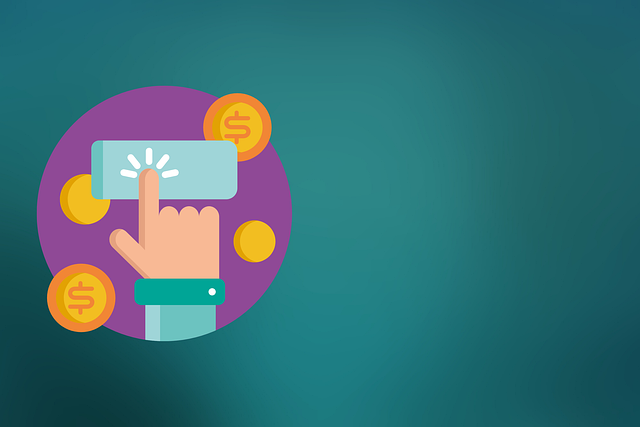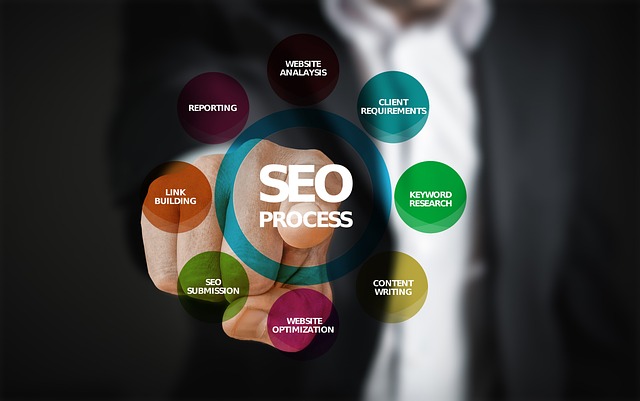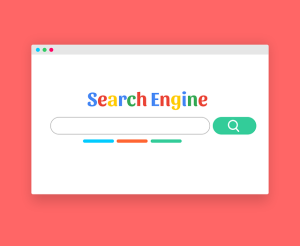TL;DR:
SEO Content Optimization is a strategic process aimed at boosting online presence and drawing organic traffic. It involves enhancing existing content to meet search engine guidelines and user interests, focusing on keyword research, on-page optimization, and high-quality, engaging content. Key steps include assessing existing material for strengths and weaknesses, using tools like Google Keyword Planner for keyword identification, optimizing titles and meta descriptions, balancing engagement and rankings, employing header tags and internal linking, integrating external backlinks, and measuring results using tools like Google Analytics. Effective SEO Content Optimization enhances search rankings, user experience, and website credibility.
“Unleash the power of SEO Content Optimization with our comprehensive guide! In today’s digital landscape, understanding how to refresh your content is crucial for online visibility. This course takes you on a journey through the core principles of SEO, teaching effective strategies from keyword research to on-page optimization and copycrafting. Learn how to assess your current content, leverage header tags and internal linking, harness external links’ authority, and continually measure success. Master these skills, and watch your digital presence transform.”
Understanding SEO Content Optimization: The Foundation of Digital Visibility

SEO Content Optimization is the cornerstone of any digital marketing strategy, playing a pivotal role in enhancing online visibility and driving organic traffic. It involves a meticulous process of refining existing content to align with current search engine algorithms and user preferences. By understanding the fundamentals of keyword research, on-page optimization, and creating high-quality, engaging material, businesses can significantly improve their search rankings and attract their target audience.
At its core, SEO Content Optimization ensures that written copy is not only informative but also optimized for relevant keywords, making it easily discoverable by search engines. This strategy requires a deep analysis of the content’s structure, headings, meta descriptions, and overall user experience, ensuring each element contributes to a seamless and valuable journey for visitors.
Assessing Current Content: Identifying Strengths and Weaknesses

When embarking on an SEO Content Refresh Course, it’s imperative to begin by thoroughly assessing your current content. This involves a meticulous review of both its strengths and weaknesses. By evaluating the existing material, you gain valuable insights into what’s working well and where improvements are needed.
Focusing on factors like keyword relevance, quality of writing, meta descriptions, and overall structure, this initial step is crucial for SEO content optimization. Identifying areas for enhancement allows you to strategically refine your content, ensuring it aligns with current search engine algorithms and user preferences.
Keyword Research Strategies for Effective Targeting

In the realm of SEO Content Optimization, Keyword Research Strategies stand as a cornerstone for effective targeting. The initial step involves identifying relevant keywords that accurately reflect your content’s focus and resonate with your target audience. Tools like Google Keyword Planner, SEMrush, or Ahrefs offer comprehensive insights into search trends, competition levels, and keyword suggestions, enabling content creators to make informed decisions.
By analyzing user search queries, understanding intent behind those searches, and aligning content with high-value keywords, you can significantly enhance your website’s visibility on search engines. This strategic approach not only drives organic traffic but also ensures that your content provides value to readers, fostering a positive user experience that encourages longer stays, lower bounce rates, and increased engagement—all vital factors for successful SEO Content Optimization.
Optimizing On-Page Elements: From Titles to Meta Descriptions

Optimizing on-page elements is a crucial aspect of SEO content refresh, ensuring your web pages are not only visually appealing but also search engine-friendly. Start with crafting compelling and keyword-rich titles that accurately reflect the page’s content. This strategic move sets the tone for both users and search algorithms, indicating the topic and value of the page.
Moving beyond titles, meta descriptions play a vital role in SEO content optimization. These concise summaries provide a glimpse into what users can expect, encouraging clicks with relevant information. By integrating targeted keywords naturally, you enhance the page’s visibility and click-through rates, ultimately driving more traffic to your website.
Crafting Engaging, SEO-Friendly Copy: Tips and Best Practices

Crafting engaging content that also ranks well on search engines is an art, and understanding how to balance these two aspects is key to success in digital marketing. When creating or refreshing your SEO content, ensure it resonates with your audience while incorporating relevant keywords naturally. Start by defining your target audience and the intent behind their searches; this will guide you in crafting copy that addresses their needs and questions directly.
Use compelling headings, subheadings, and bullet points to break down text, making it easier for both readers and search algorithms to scan. Incorporate keywords into these elements as well as throughout the content, but avoid keyword stuffing. Instead, focus on creating high-quality, unique content that provides value, ensuring each piece is optimized for SEO content requirements.
Utilizing Header Tags and Internal Linking for Enhanced Navigation

In the realm of SEO Content Optimization, Header Tags and Internal Linking play pivotal roles in enhancing navigation for both users and search engines. Header tags, represented by H1 through H6, serve as signposts that organize content hierarchically. Utilizing these tags effectively ensures that key topics are highlighted, making it easier for readers to scan and understand the article’s structure. For instance, an H1 tag should encapsulate the main subject of a piece of content, while subsequent H2, H3, and so on, tags delve into more specific subtopics, creating a logical flow that aids in navigation.
Internal Linking complements this by fostering a seamless journey through related content within your site. Strategically placed links to other relevant articles or pages not only improves user experience but also helps search engines understand the context and interconnections between different pieces of content. This practice is crucial for SEO as it enables search algorithms to crawl and index your site more efficiently, leading to better visibility in search results. By integrating these techniques, you’re not just optimizing for search engines; you’re delivering a richer experience that keeps users engaged and encourages deeper exploration of your content.
The Power of External Links: Building Authority and Trust

External links are a powerful tool in SEO content optimization, acting as gateways to establish authority and build trust with both search engines and users. When your content is linked by reputable websites, it signals to search algorithms that your information is valuable, credible, and worthy of reference. This external endorsement not only improves your site’s domain authority but also reassures visitors that they are accessing reliable and up-to-date resources.
By strategically incorporating relevant backlinks from high-quality sources, you can enhance the credibility of your content, demonstrating its relevance and importance within a specific niche. This, in turn, can lead to improved search rankings as search engines prioritize content that is supported by a robust network of reliable links. Such links also encourage user engagement, as visitors are more likely to click on content endorsed by other trusted sources, driving traffic and increasing the visibility of your SEO-optimized content.
Measuring and Analyzing Results: Tools and Techniques for Continuous Improvement

Measuring and analyzing results is a critical aspect of any SEO content strategy, as it provides valuable insights for continuous improvement. With the right tools and techniques, marketers can track key performance indicators (KPIs) to gauge the effectiveness of their content optimization efforts. Google Analytics remains an indispensable resource, offering comprehensive data on website traffic, user behavior, and conversion rates. By segmenting audiences and analyzing engagement metrics, content creators can tailor their strategies to meet specific audience needs.
Additionally, utilizing search engine insights and keyword tracking tools allows for a deeper understanding of how content ranks in organic search results. This includes monitoring position changes, clicking-through rates (CTRs), and backlink profiles. Regularly reviewing these data points enables SEO professionals to refine content, optimize meta tags, and implement effective link-building strategies, ultimately enhancing the overall SEO content optimization process.
